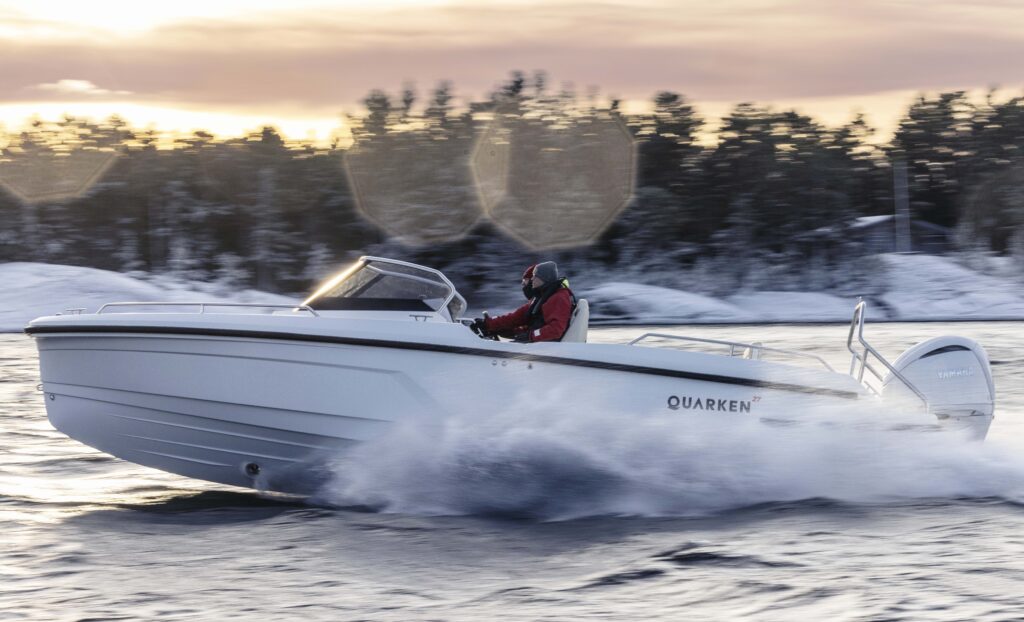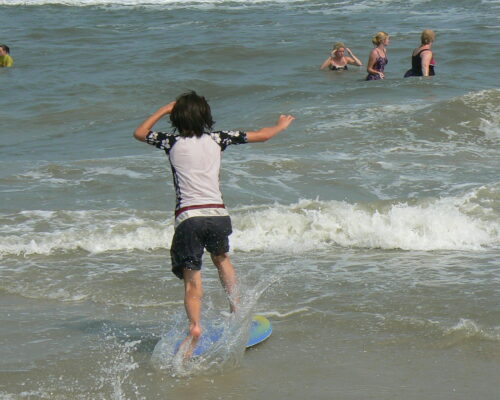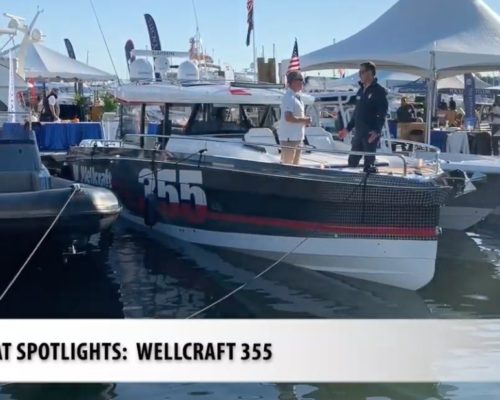Discover the latest trends in the boating world.
The media persona known as “Captain Boomies” is one of the biggest boat show boosters on the planet. She is a professional yacht captain who loves to make boating “fun and accessible on the internet (and just a little silly),” as she likes to say.
“Boat shows are the most magical way to see everything cool that’s happening in boating,” she says. “I love boat shows for the access, for all the exciting new things and all the fun with other people who are just as excited about boats.” The exhibit tents will be overflowing with all the latest boating equipment and accessories. “If you want to try them out, the boat show is the place to do it, because you can corner the experts and get the answers you want, and even give them input on features you’d like to see in their products.”
She’s making a list of all the boats and people she wants to see. “At the Powerboat Show, I’ve heard there’s going to be an electric hydrofoil cruiser, the Candela C-8.” She says she can’t wait to take a test drive from the show’s Demo Dock. “At the sail show, I’m also excited to see a lot of other great storytellers and content creators. And all the painkillers I can drink.”
Prowl the Cats at the Sailboat Show
Chesapeake Bay Magazine editor Jefferson Holland is looking forward to prowling around all the new catamarans and trimarans at the Annapolis Sailboat Show. “There will be nearly 60 multihulls built by 24 different manufacturers from all around the world,” he notes, “from the inflatable MiniCat Guppy less than 10 feet long to a bluewater cruising catamaran 66 feet long.”
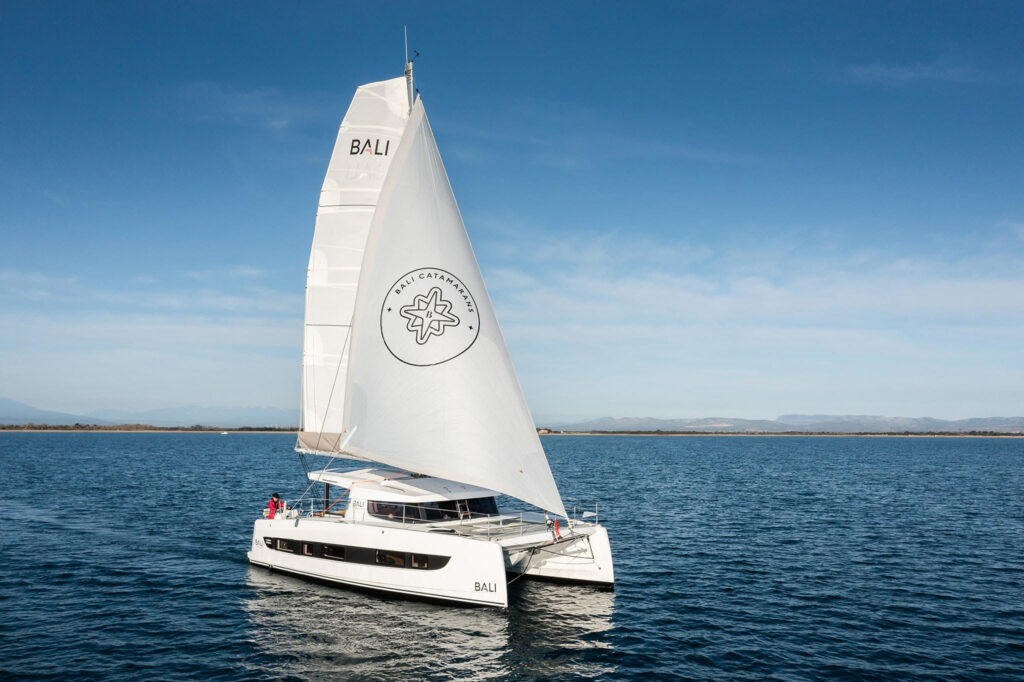
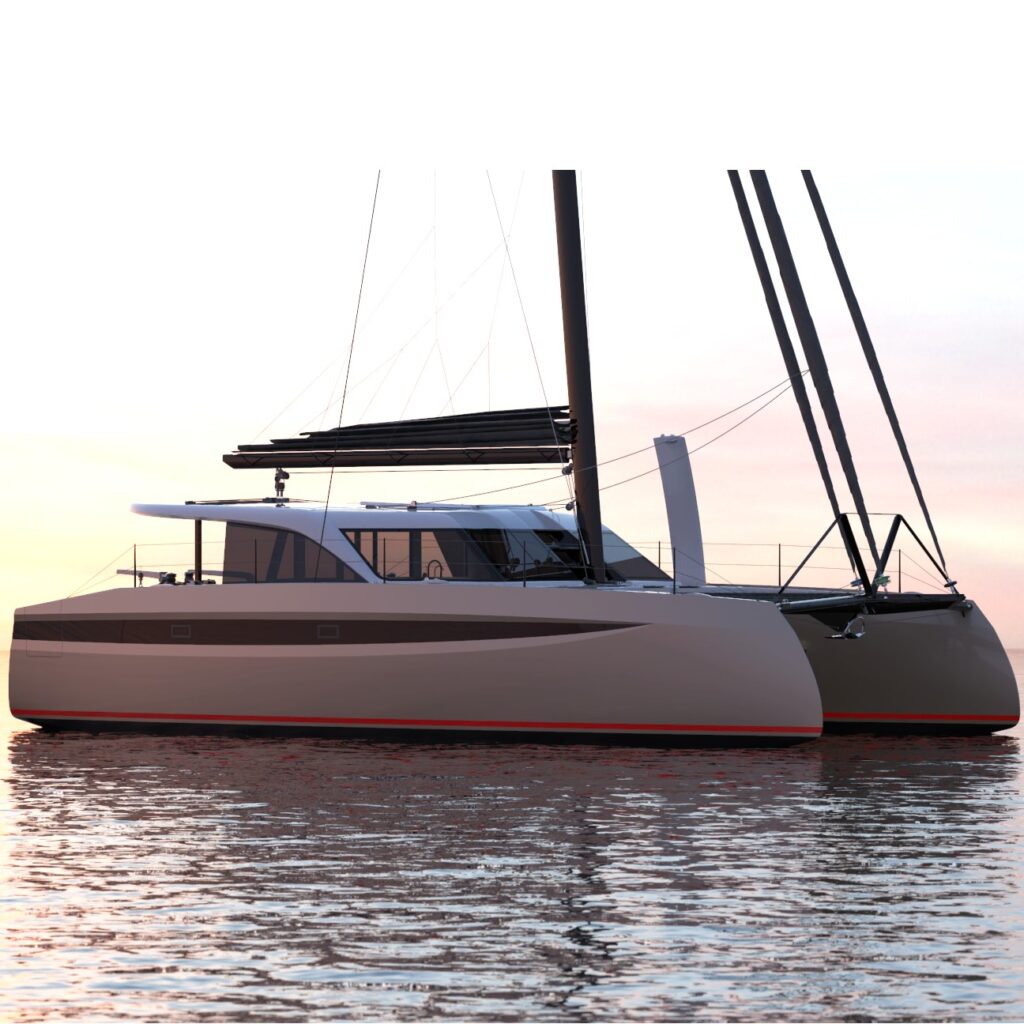
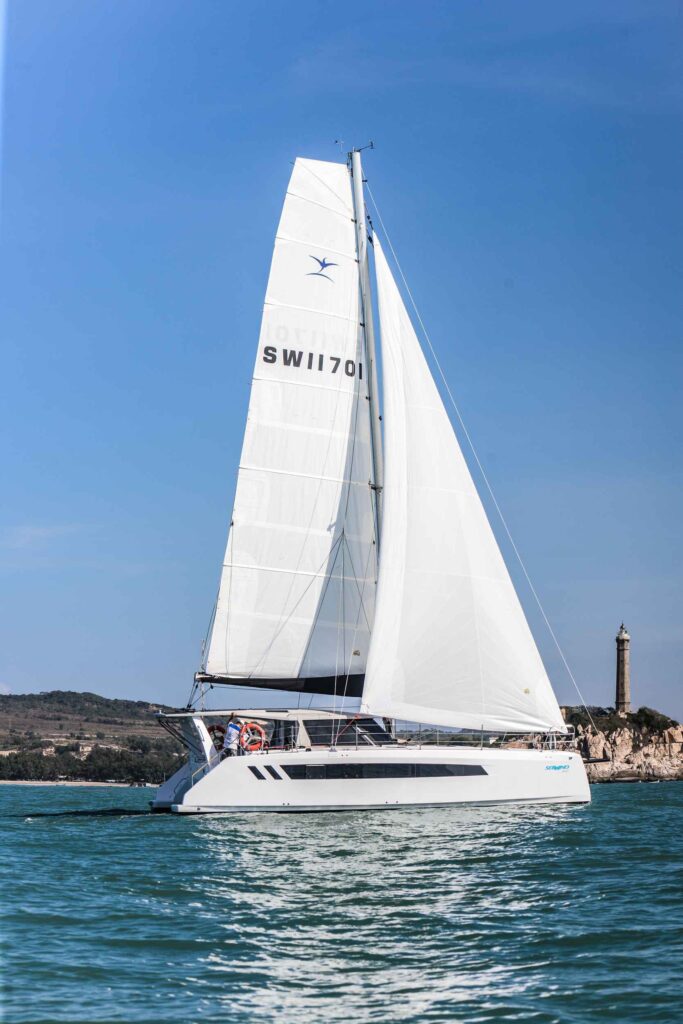
Four models are making their North American boat show debut this year. The BALI Catsmart, built by BALI Catamarans in France, is just 38 feet long, but with its rigid foredeck and twin helm stations, it stays true to the BALI fleet DNA. The all-new Seawind 1170 from Corsair Marine is a 39-foot catamaran built in Turkey to be capable of both coastal cruising and more serious offshore sailing. The Astus 20.5, designed by legendary French design firm VPLP, is a small trimaran that’s capable of racing with larger boats, daysailing with the family and even camp sailing. Easy to rig and easy to dock, the Astus 20.5 is billed as a “beach tri with a cabin.” Built in the shipyards of Xiamen, China by HH Catamarans, the HH44 is a game-changing, eco-friendly cruising yacht powered by a parallel diesel/electric hybrid and an industry-leading 4,232-watt solar array.
Holland notes that, by their very definition, all sailboats have always been eco-friendly. “They are, after all, powered by wind generated by the sun.”
Here’s what other seasoned boating pros are expecting out of this year’s U.S. Sailboat and Powerboat shows.
John Page Williams, CBM’s Editor-at-Large and long-time boat reviewer, has studied the list of boats coming to the fall shows and the innovations in their means of propulsion. Here’s his insight:
Powerboat Designs
Time was, within the memory of many of us, that a 16-foot aluminum skiff with a 25-hp outboard or an 18-foot runabout with a 90-hp made a great dayboat. Today we ask for a lot more: lots of comfortable seating, including lounges and sunpads; big stereo sound systems; convenient and efficient coolers for food and beverages; shade and weather protection; and especially a head/changing room that’s genuinely usable (even inviting). We ask for these features in all but the hardcore center-console fishing boats. Moreover, dayboats have to get larger to provide them. Here are some examples.
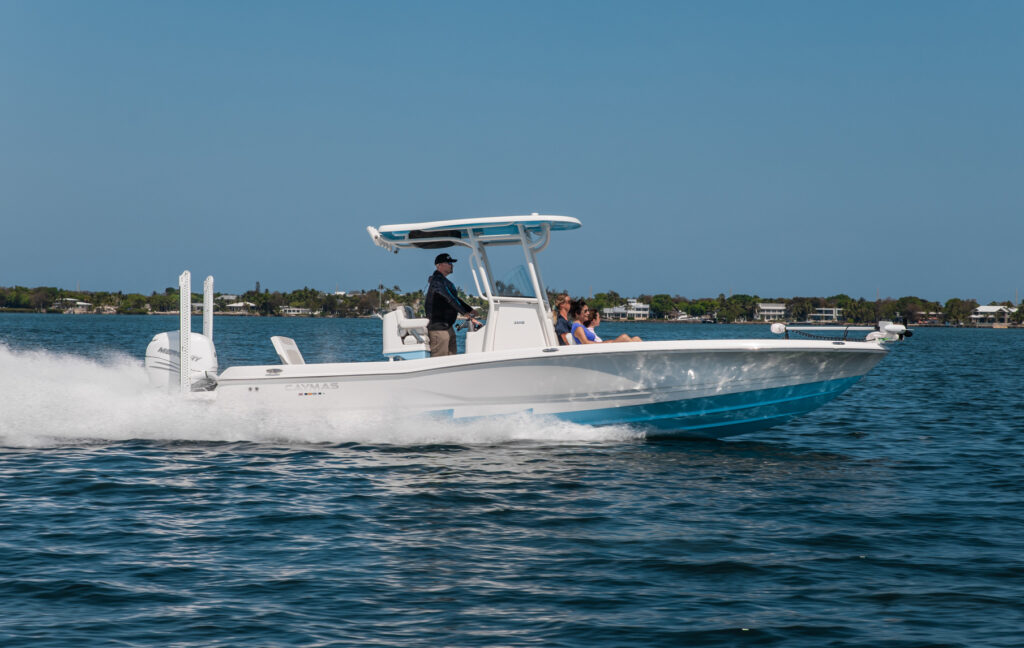
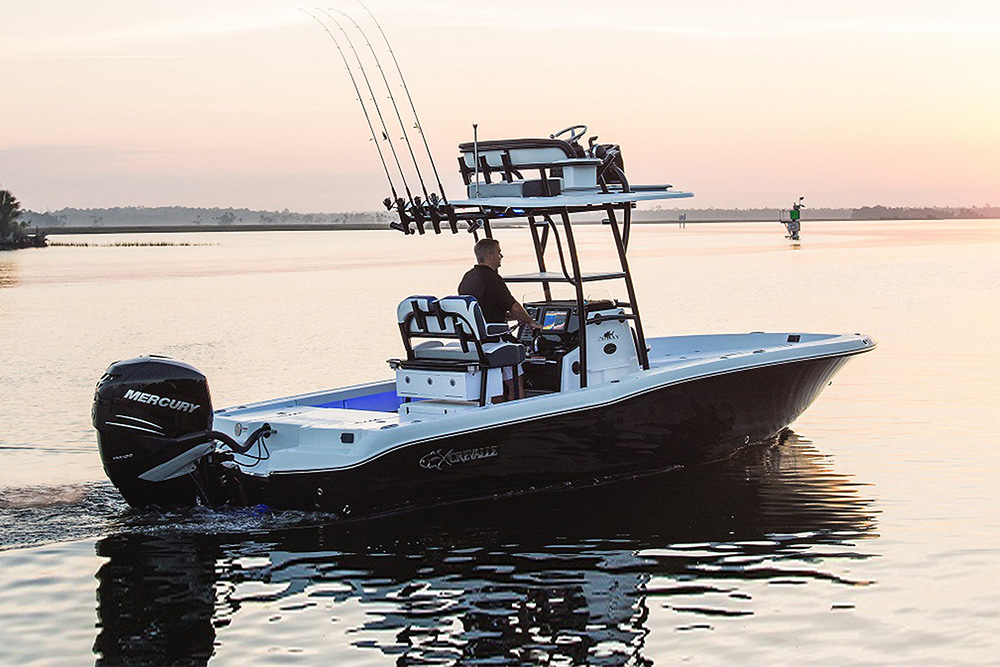
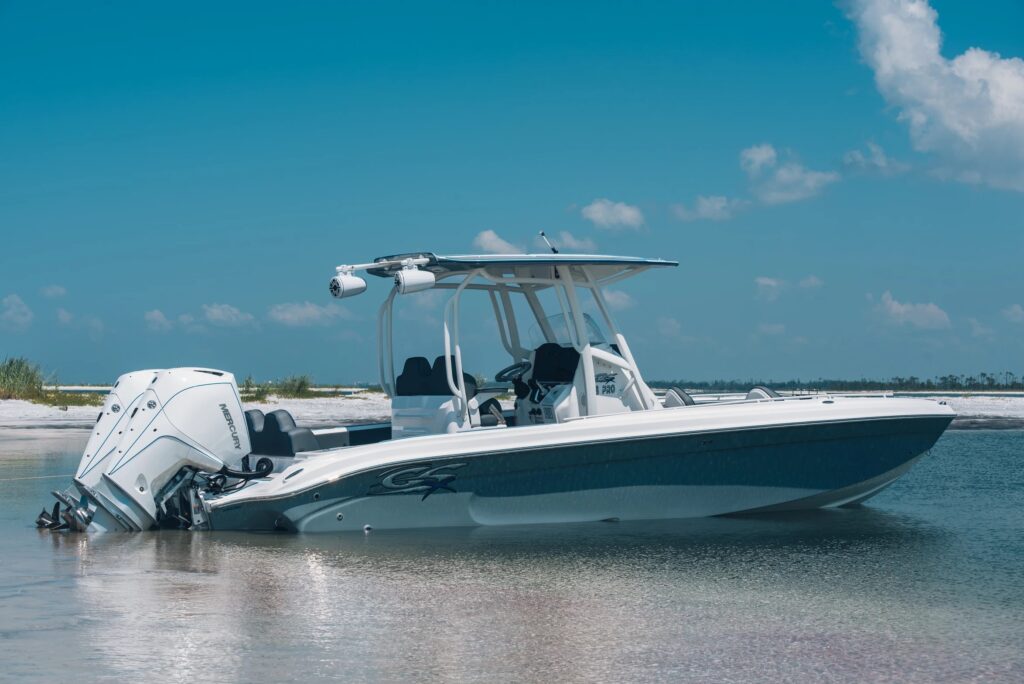
European boatbuilders have been onto this trend for a long time. One company that offers a range is Beneteau. Look at the layouts of seating, sunpads, control consoles and other amenities offered in their 24–35’ Flyer (beneteau.com) series. Another is large, seaworthy, but relatively low-sided center-console bay boats designed more for river, open bay and nearshore ocean waters than for offshore blue water. They are also known as crossovers or hybrids. Several that will be at the Powerboat Show are the Crevalle 26 HCO (crevalleboats.com), Boston Whaler’s 280 Dauntless (bostonwhaler.com), the Caymas 28 HB (caymasboats.com), the GSX 28 (gsxpowerboats.com), and the Regulator 30XO (regulatormarine.com). These are shallow-draft vessels that can fish or literally become floating islands with sunshades and consoles large enough to offer space for changing clothes as well as answering nature’s call with a porcelain toilet and holding tank.
Another trend involves even larger boats whose center consoles become cabins with double bunks, small galleys and air conditioning. Examples at the show include Pursuit’s S428 (pursuitboats.com/s428.php), Regal’s 38 SAV (regalboats.com), and Cobia’s 350 CC (cobiaboats.com). See also the Solara S-310 CW. Jeanneau’s DB/43 OB (jeanneau.com) and Tiara’s 48 LE (tiarayachts.com) are in a class of their own for size and amenities.
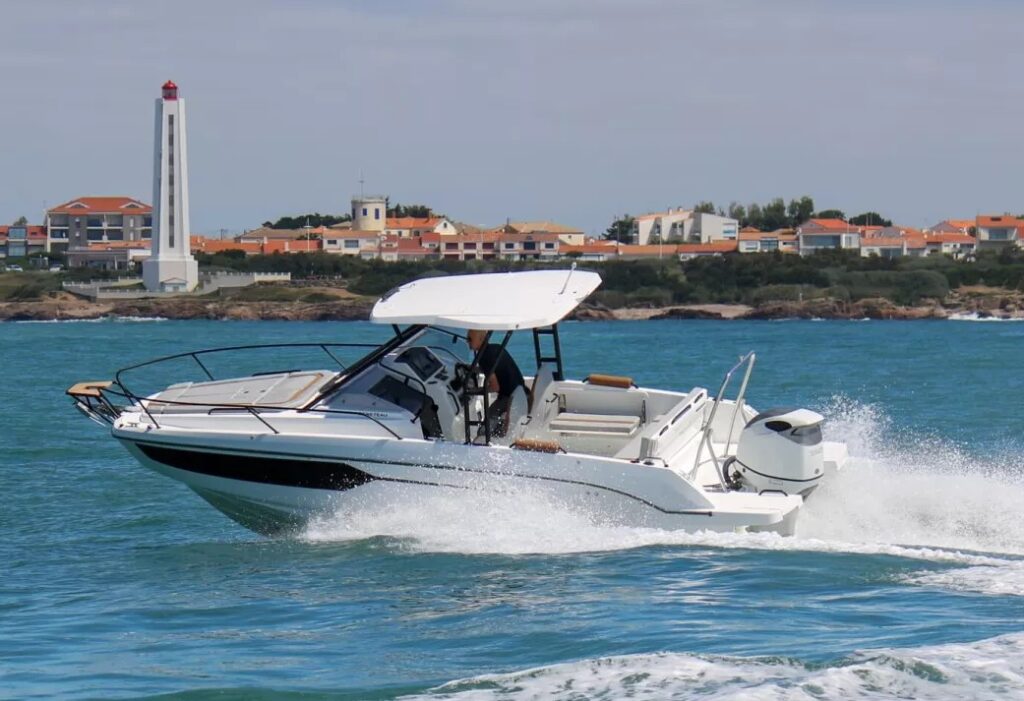
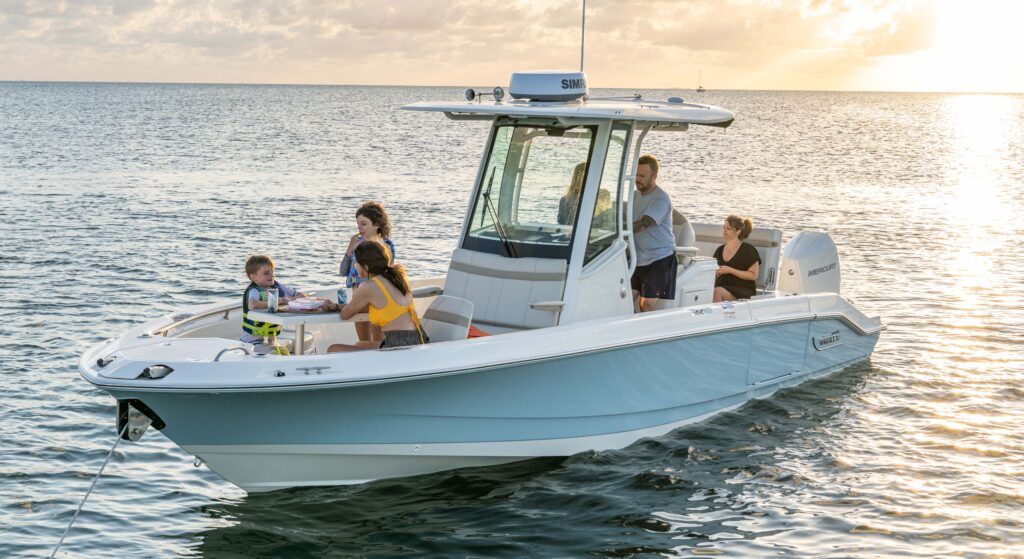
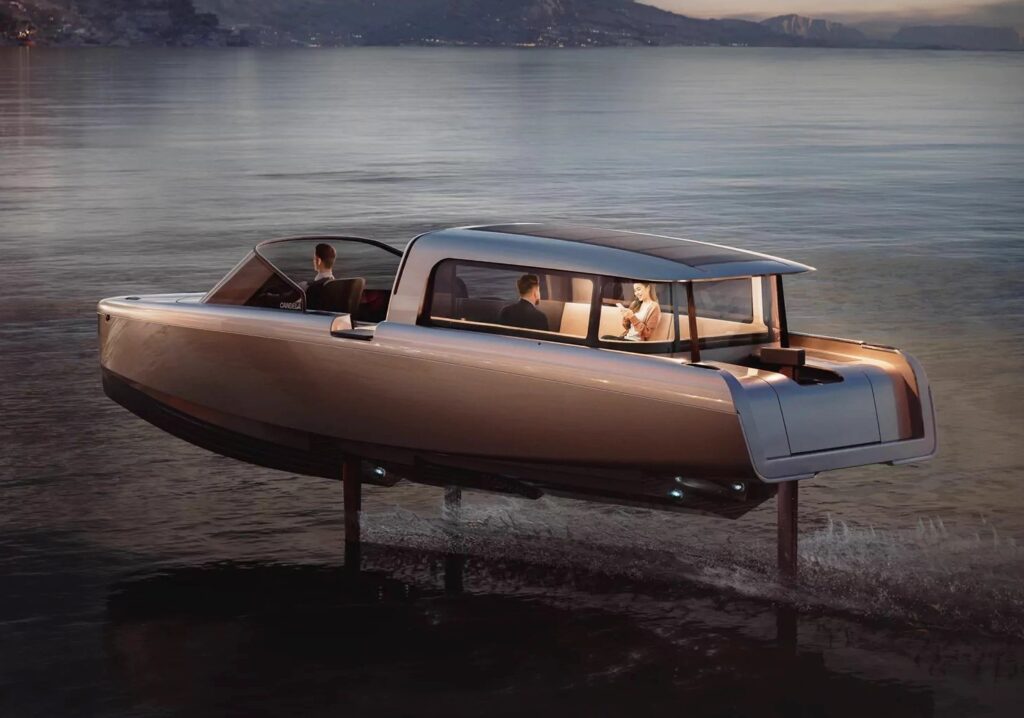
The last five years have brought a number of Scandinavian “adventure powerboats,” designed for exploring the open waters and commuting to the islands of the Baltic Sea. Fast, able, and efficient, they adapt well to the Chesapeake. Though their squared-off “axehead” bows, double chines, and stepped hull bottoms look radical, they run well at a wide range of speeds and offer multiple layouts, including all-weather pilothouses, weekend cabins, center consoles and sunpads. Examples at the Powerboat Show include Axopar’s 28 Cabin (axopar.com), the Nimbus T9 (nimbus.se/boats/tender-8/), the RYCK 280 (hanseyachtsag.com), the Quarken 27 (quarken.com) and Wellcraft’s new 355 Commuter (wellcraft.com).
Meanwhile, cruising certainly isn’t dead, and one trend there is outboard power. Back Cove was one of the first to design cruiser hulls specifically for outboards. Look for the elegant 34O & 39O at the show (backcoveyachts.com). Others coming to Annapolis include the Beneteau Antares 11 (beneteau.com), Pursuit’s OS 355 (pursuitboats.com), and Regal’s 42 FXO (regalboats.com).
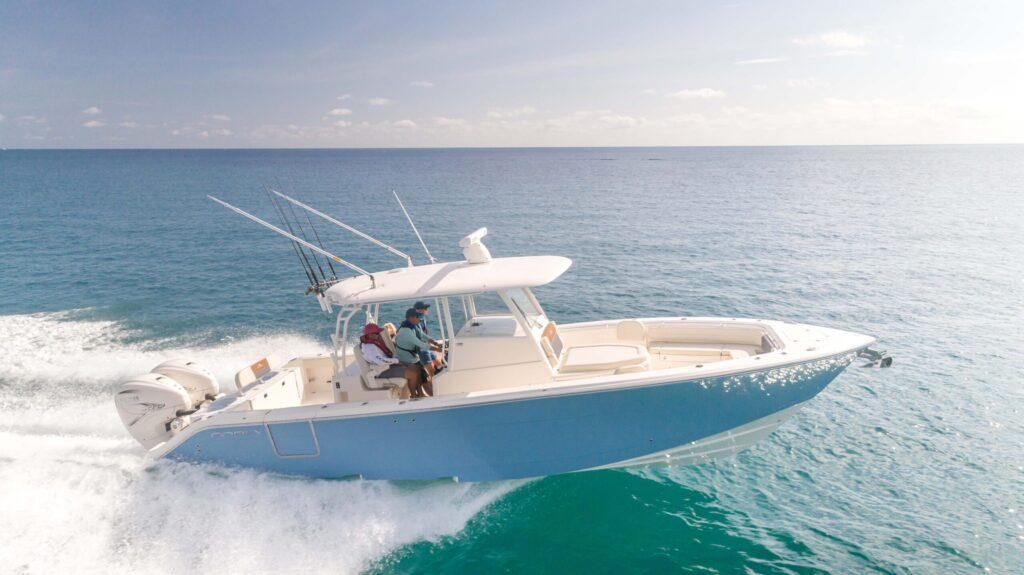
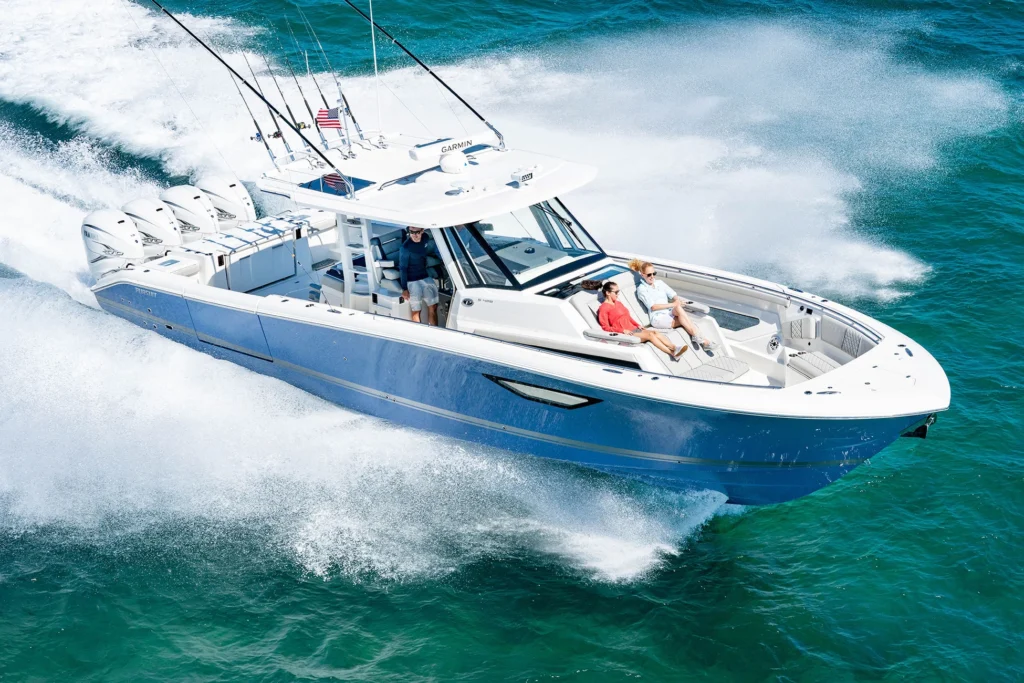
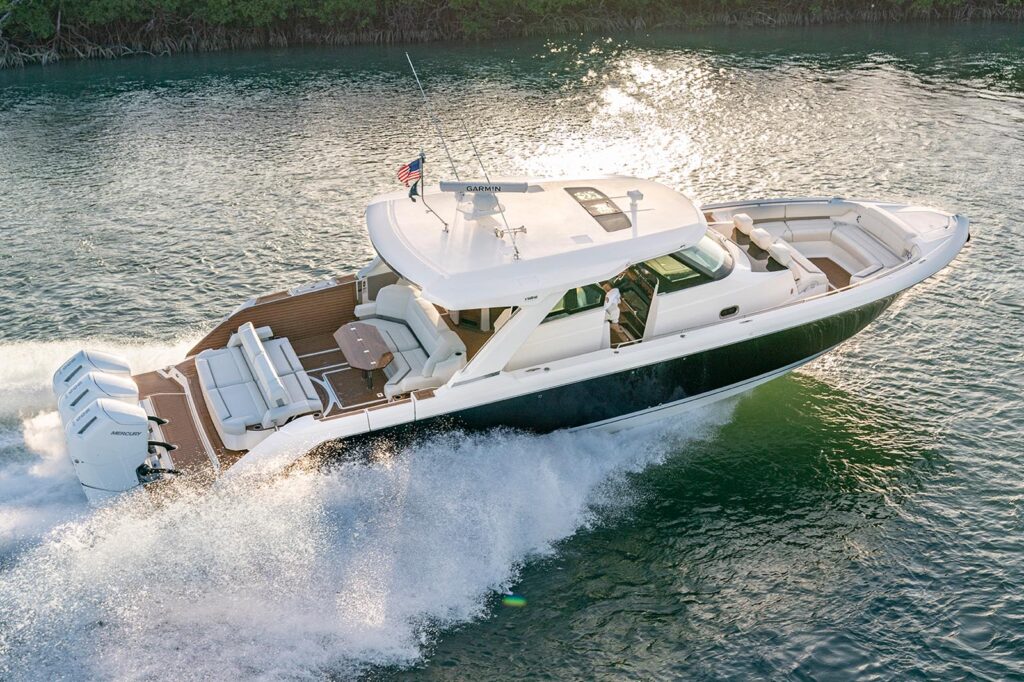
Marine Power
Two years ago, Mercury Marine brought out a stupendous, 600-horsepower Verado V-12. Yamaha’s largest outboard is their giant 450-hp V-8 XTO. Suzuki’s is the 350-hp V-6 draft horse with contra-rotating propellers. Look for them around the Powerboat Show. Boatbuilders have seized on them to power cruisers, day boats and fishboats between 35-65’ with twin, triple, quad, and—yes—even quint applications. These behemoths hardly apply to most of us, but the technology they represent has already trickled down to lighter engines that have much broader application. Meanwhile, the manufacturers are also producing remarkable small engines. For example, Yamaha’s engineers are justly proud of their F25, which weighs less than 100 pounds.
With due regard to the wizardry of today’s four-stroke gas outboards, diesel engines are still more efficient at burning their fuel, thereby also reducing their carbon impacts. Long-time distributor Mack Boring & Parts is displaying Oxe Marine’s Diesel, which currently offers engines of 150-300 hp. Chesapeake, Virginia-based Volvo Penta will display its well-proven Aquamatic DPI (dual-propeller) Diesel sterndrives at the powerboat show aboard a Solace 415-CS (solaceboats.com) and a Southport 30FE (southportboats.com). In addition, diesel-hybrid systems make sense for many uses, e.g., for entering/departing no-wake zones, exploring creeks and cruising sunsets. Some hybrid systems include battery-electric cruising ranges of twenty miles or more for leisurely travel. Examples from Volvo Penta include a partnership with Beneteau (volvopenta.com) and an upcoming IPS professional platform “prepared for a range of energy sources.” Finally, check out the 39-45-48’ Greenline Yachts (greenlinehybridusa.com), which offer diesel-only, diesel-electric hybrid, and fully electric drive systems. Greenline has been showing hybrid yachts in Annapolis for at least a decade and refining their systems regularly.
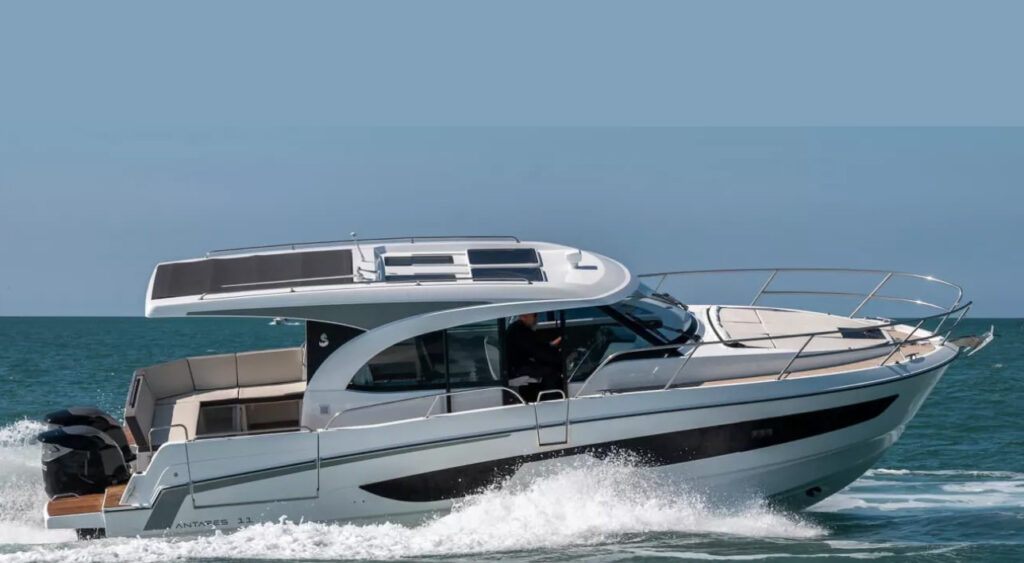
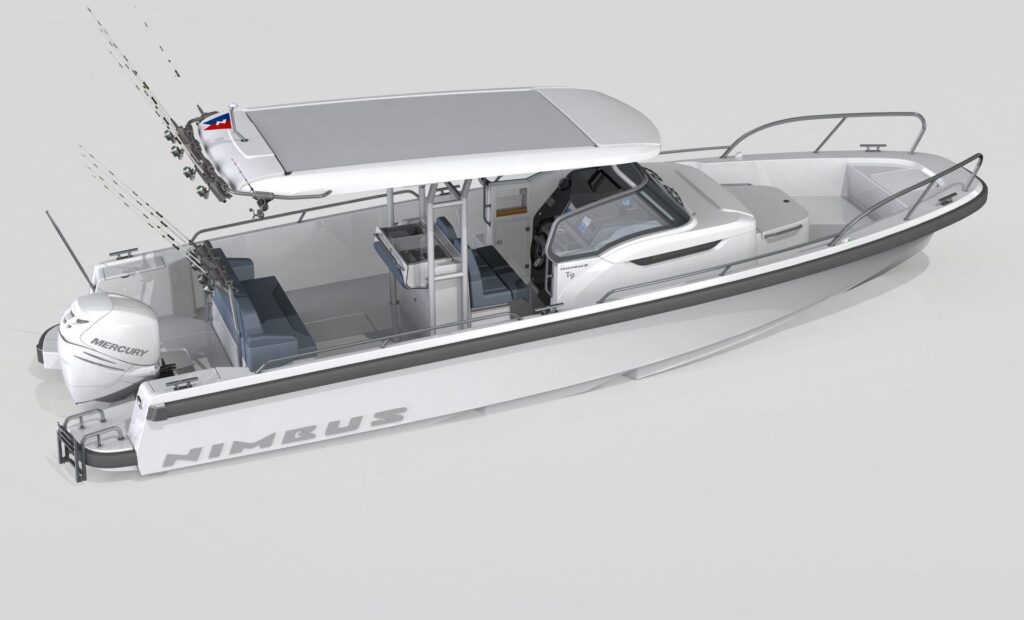
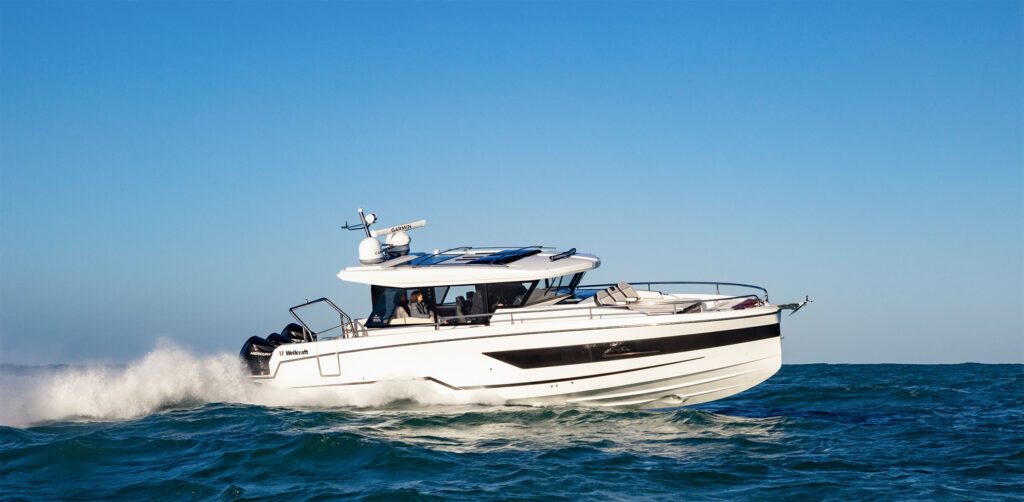
The 2023 Powerboat Show will show off an increasing number of battery-electric outboard and inboard motors. Start with Annapolis Hybrid Marine’s ePropulsion small outboards on Laguna catamaran dinghies (annapolishybridmarine.com). You’ll also see Candela’s remarkable C-8 hydrofoiling Daycruiser (candela.com), which has an advertised range of 57 nautical miles at 20 knots and a top speed of 27 kn. Another is a Highfield 390 RIB with an FM40 Flux Marine electric outboard (fluxmarine.com) that offers a cruising range of 35 miles at 20 knots. Smaller electric outboards in production include Mercury’s Avator 7.5e, 20e, and 35e models. Finally, look for Vetus E-Drive inboard motors from that highly respected maker of bow and stern thrusters.
Stay tuned. This revolution is just gaining steam, and we boaters will be the beneficiaries. Chesapeake Bay Magazine is keeping a close eye on this remarkable industry.
Electrical Systems
Over the past 30 years, Marine Electric Systems in Annapolis has helped recreational, commercial and government boating clients in the maritime industry with their lithium battery systems and electrical needs. Patrick Tewes started working there after college in 2001.
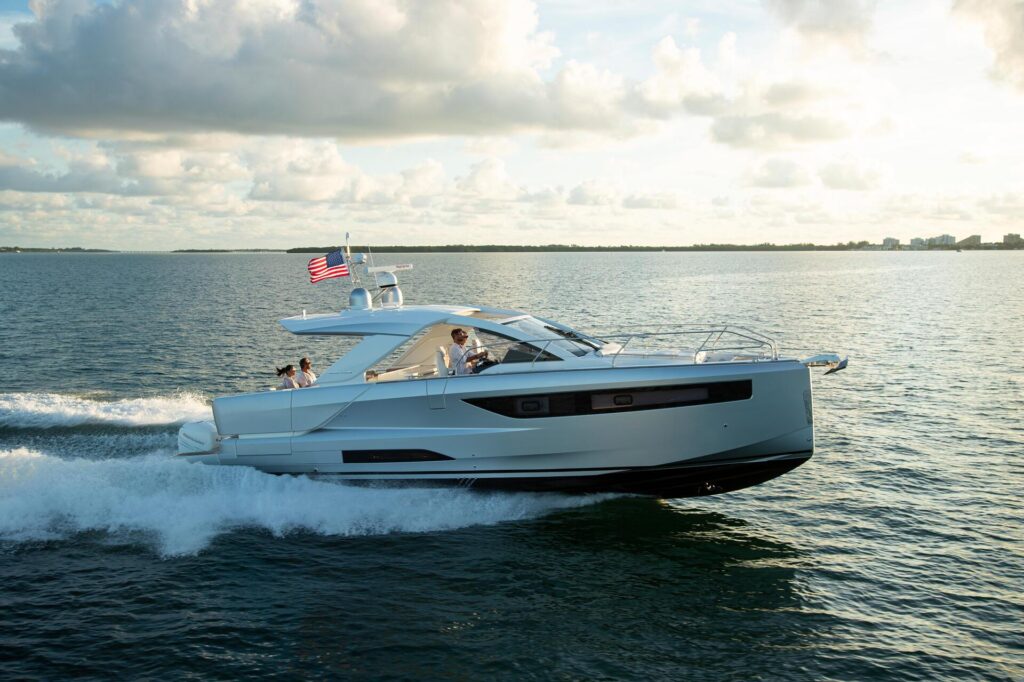
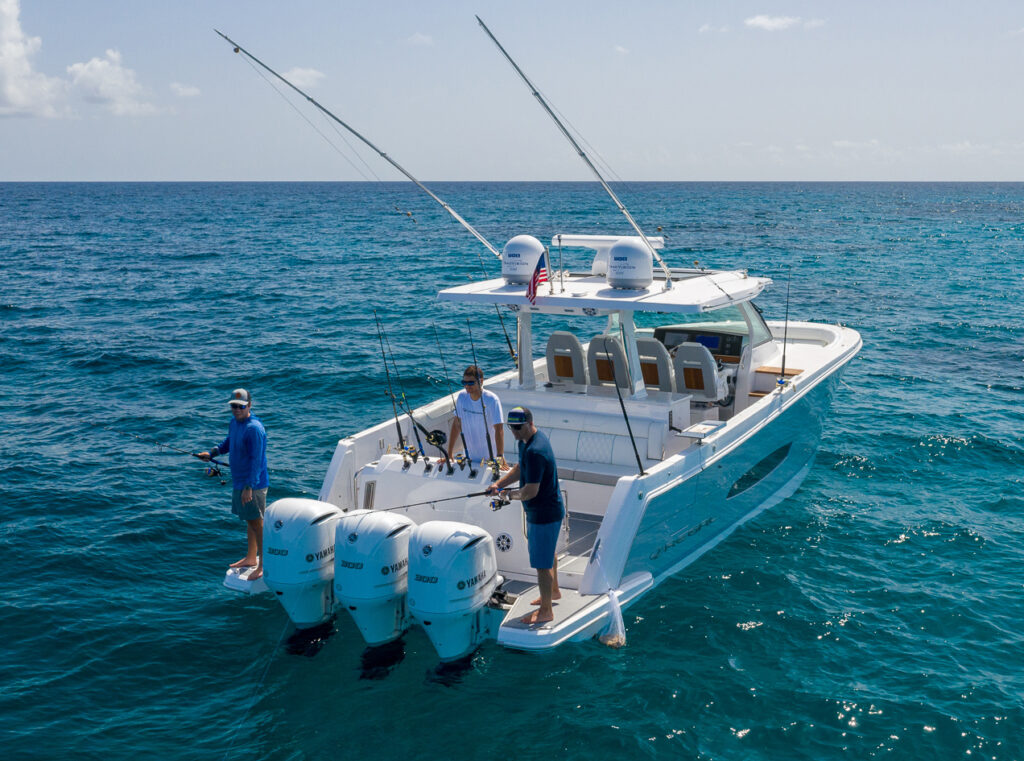
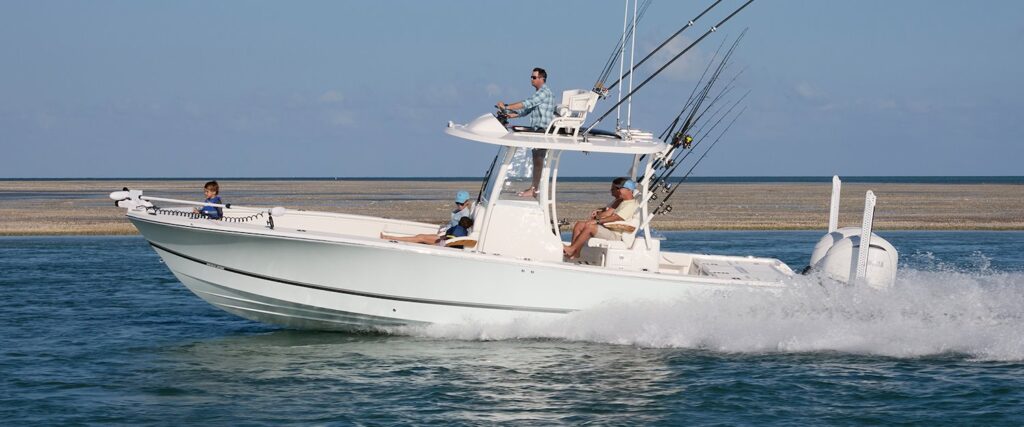
“We’re finding we do cruising sailboats as our main customer,” Tewes reports. “In the past, it was always lead acid batteries, but now everything is going to the lithium battery; but you can’t just put a big lithium battery bank in your boat without impacting the whole system. Nowadays, you’re able to integrate all the charging components and remotely see the whole system from your phone. You can monitor the output of each panel.” Boat owners appreciate that convenience, he says.
“We don’t try to be just total leading edge,” Tewes notes. “We want the technology to be sound. Our customers are making big ocean passages, so we want to make sure the systems are reliable.
“We’re pretty much all Victron Energy these days—they’re the big name, everybody’s putting in these system,” he says. “People like the way all the components tie together and communicate with one another. The failure rate is minimal and parts are widely available. With other manufacturers, getting ahold of parts has been a problem.”
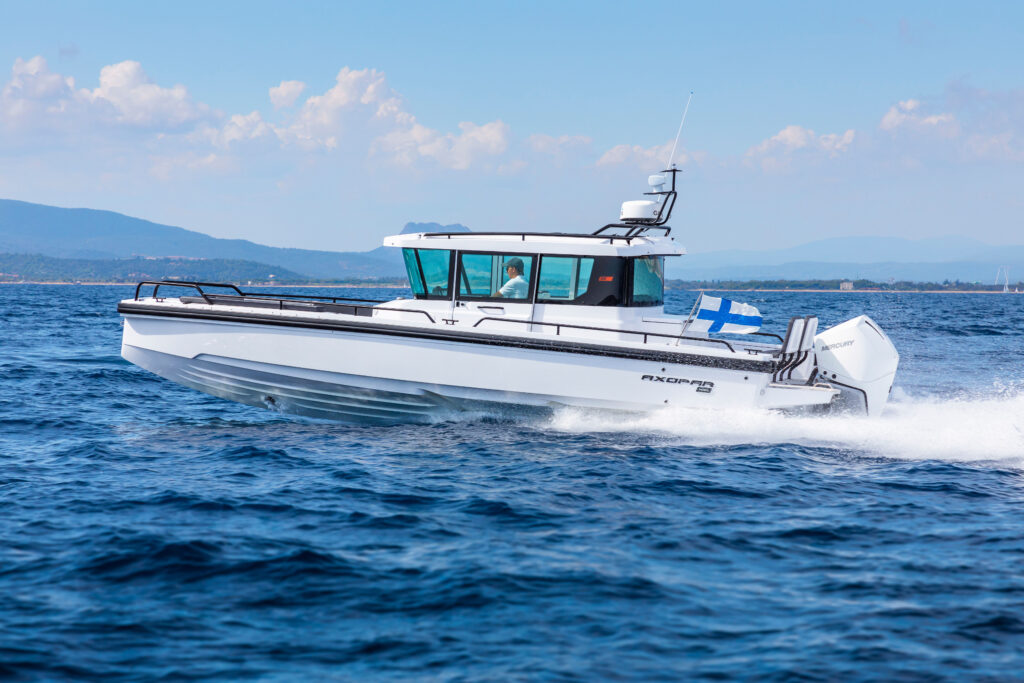
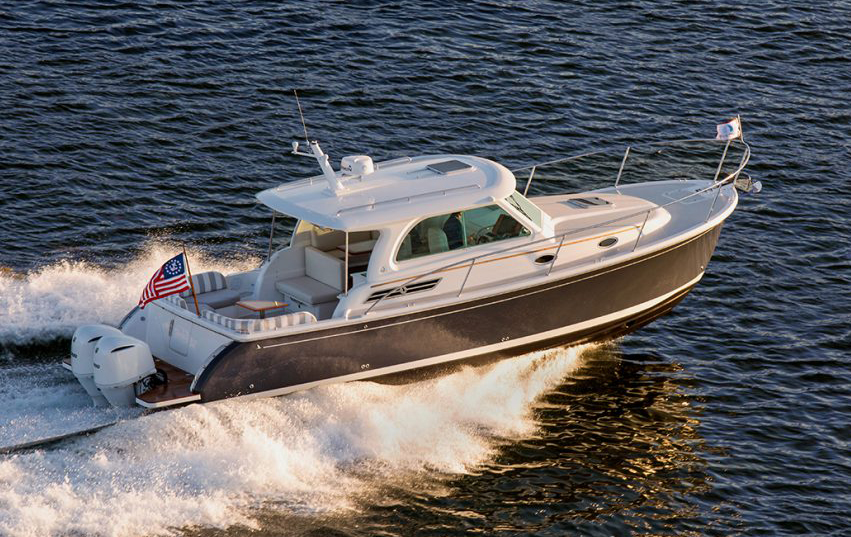
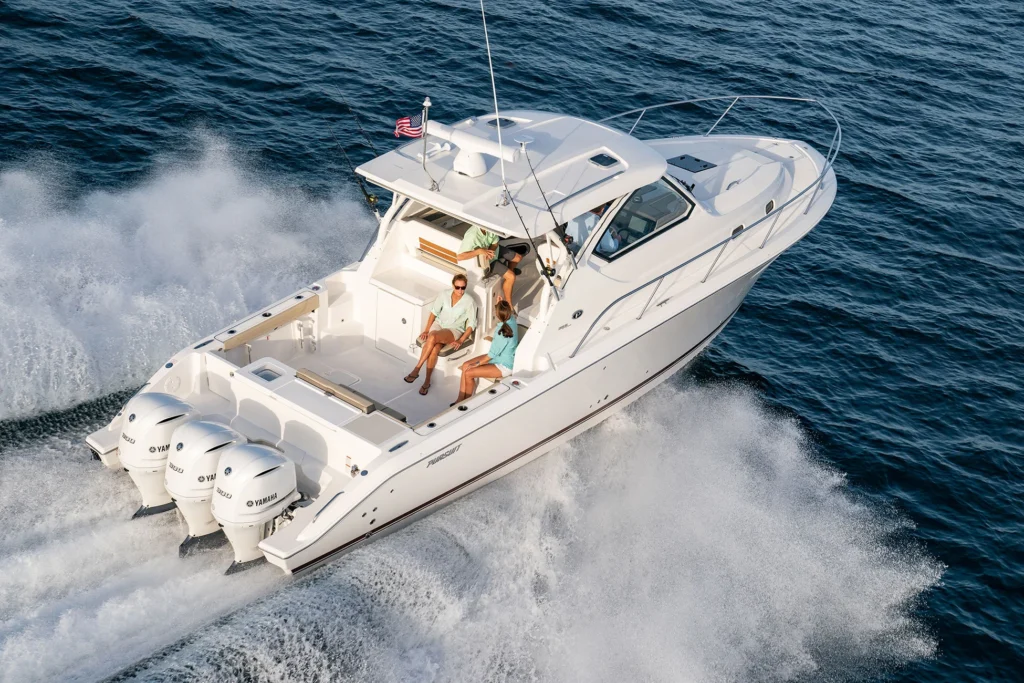
Tewes explains that “Victron coordinates the lithium batteries with a shunt, which is the meter that tracks the state of charge for the batteries—amp hours in and out equates to the percentage of charge for the batteries.” The smart shunt puts that data out to display at the nav station, monitors the solar regulators, and the battery charger is networked, so it can provide the complete package for cruisers. “The ease with which the Victron and their components all communicate, [provides] a nice user-friendly display showing all the parts,” says Tewes. Plus, he adds, “All these components have built-in Bluetooth to let you monitor remotely.”
Tewes notes that the Victron system also helps with troubleshooting when the boat is offshore and something goes wrong. Tewes and his technicians are better able to diagnose the problem from their shop in Annapolis.
“Any modern production sailboat is good for day sails and maybe an overnight or two when it’s plugged into shore power,” he cautions, “but the minute you want to go offshore, there’s not enough battery, not enough of what it takes to live comfortably without being plugged in.”
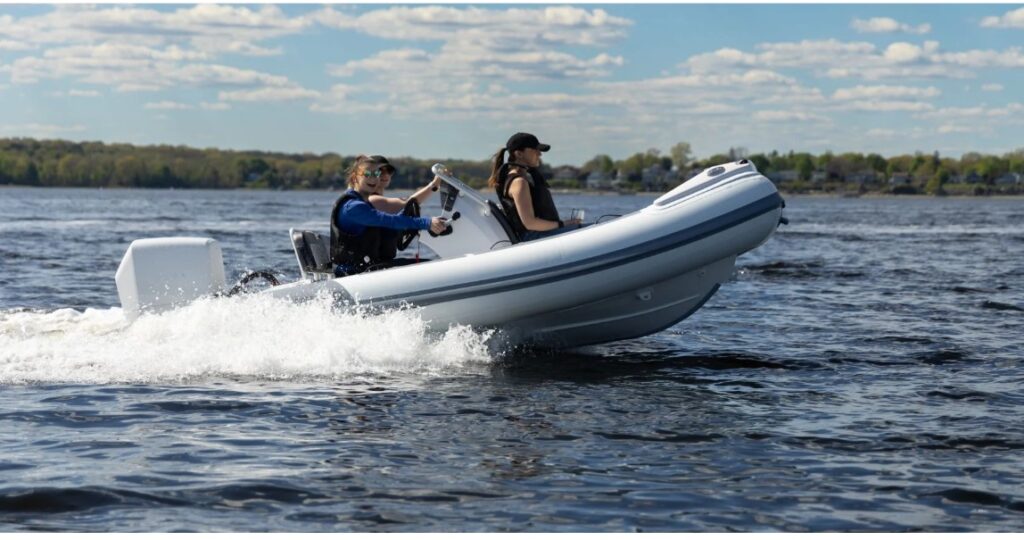
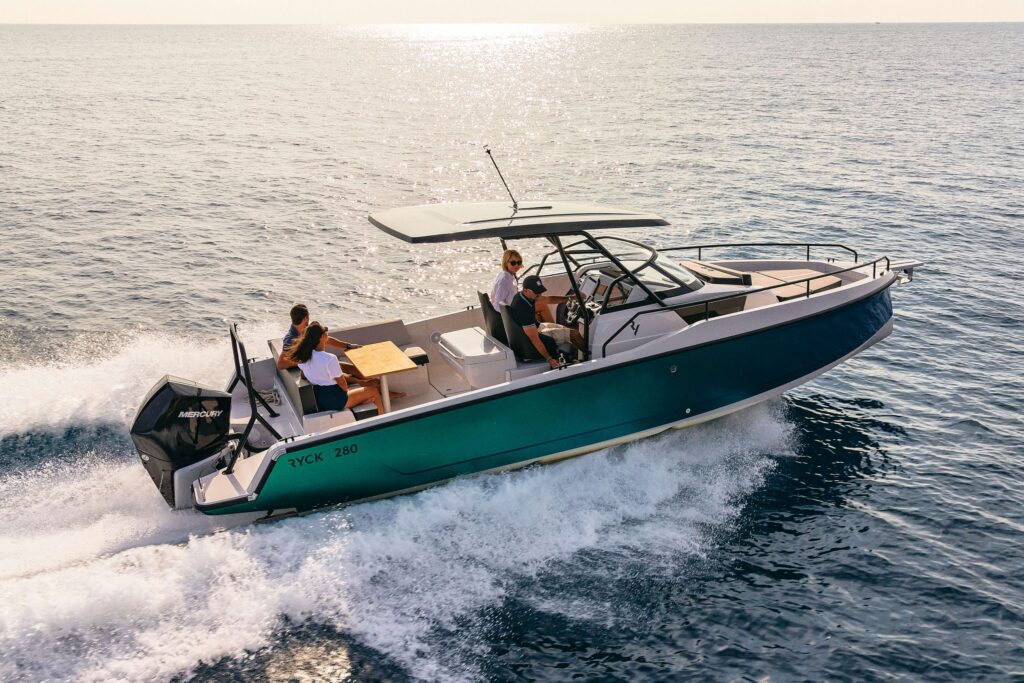
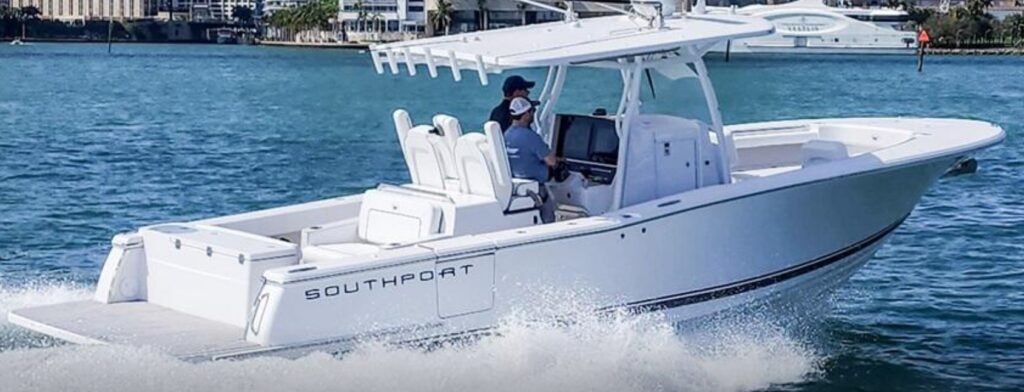
Volvo Penta
Sailboat Rigging
Jay Herman of Annapolis Rigging notes that, “If there’s a trend, it’s in cordage.” Dupont Spectra 1000 has been the top choice for running rigging in racing sailboats since it was first marketed in 1965, but it’s generally thought too expensive for cruising yachts. “But the patent ran out on Spectra,” Herman says, “and now any of the rope manufacturers can make it.”
In addition, Herman adds that, “New England Ropes has introduced a line they call ‘VIPER,’ made with a braided polyester jacket around a polyester core. It’s lightweight, has low-stretch and excellent UV resistance. So it’s become economical for cruisers to rig their halyards with this new product at about one third the cost of the original Spectra.”
Hull Protection
For the past 30 years, Ann Miller and her crew at Above the Waterline have been taking care of other peoples’ boats in the Annapolis area, doing general detailing, bottom cleaning, shrink wrapping, interior cleaning and general maintenance. One of the latest trends Miller notices in hull maintenance is to ditch wax jobs for a new ceramic coating product. “These coatings create a hydrophobic barrier between the material you’re trying to protect and the elements,” Miller explains. “It’s similar to what waxes do, but ceramic coatings go over and above,” she says. “They don’t fade after 6 weeks. If you’re losing the gloss, you’re also losing that protective layer.”
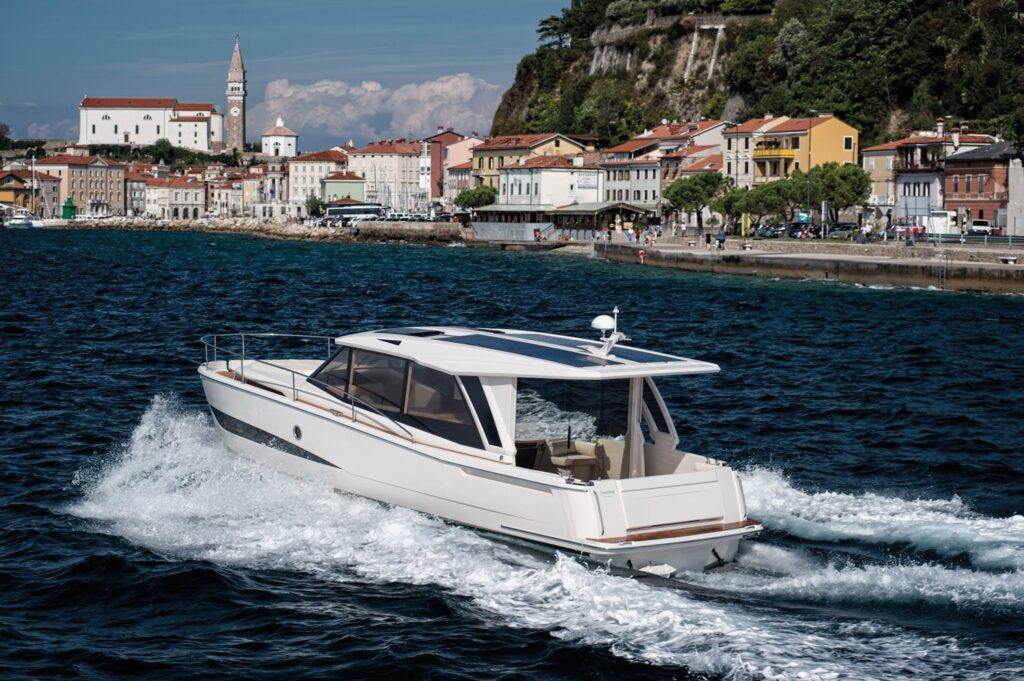
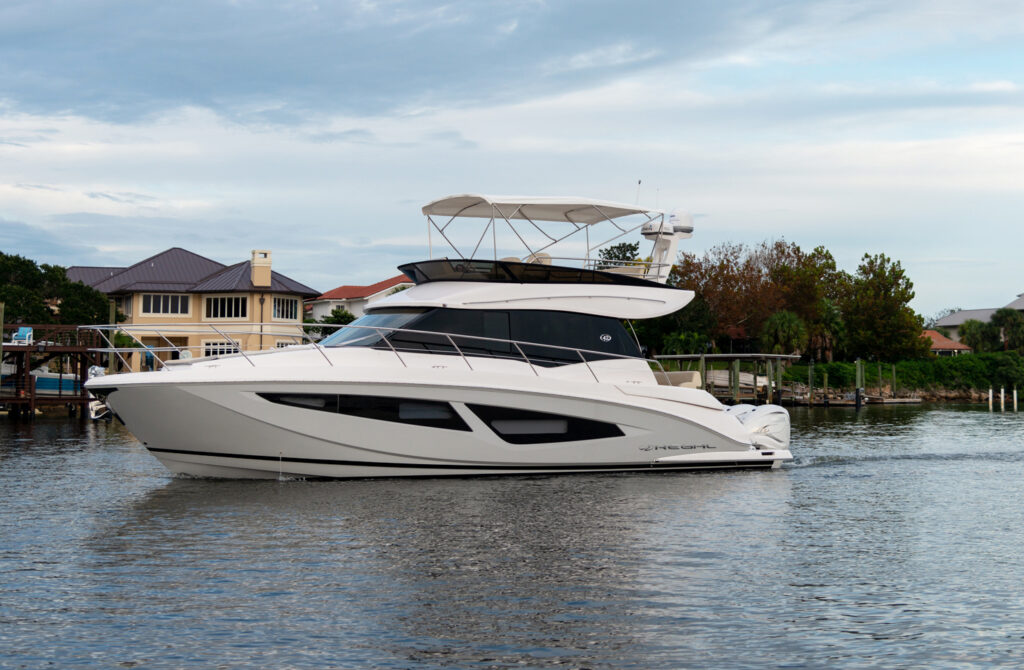
Regal 42 FXO
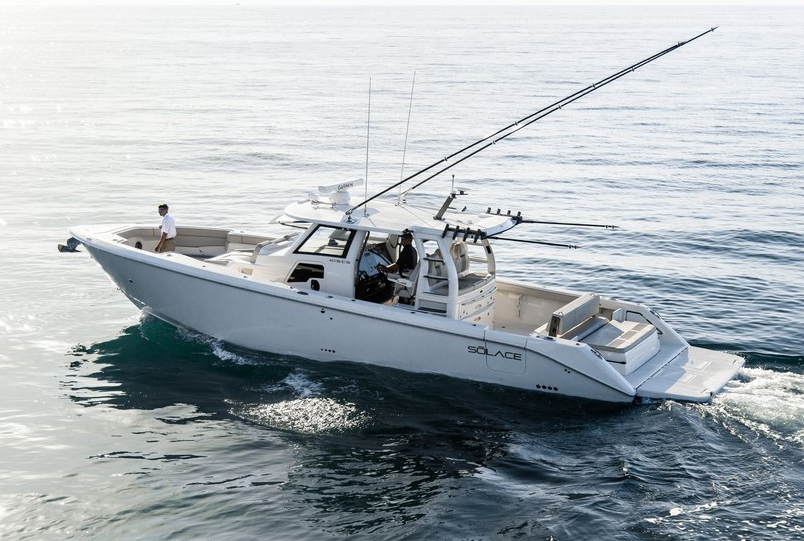
“Gtechniq is the product brand we use most,” she says. It also has a three-year warranty if it’s applied by a certified technician, she says, adding, “It’s a little more money than a traditional wax job, but it lasts a lot longer.”
One of the drawbacks is that people don’t follow the directions, she cautions. “It’s not a one-and-done; you still need to wash your boat and maintain things. It just creates a different sort of maintenance program.” So there’s an advantage to consulting with a professional service like the one Miller provides. “Do you want to use your boat, or do you want to work on it? That’s where we come in. We can work on it on weekdays, and you can enjoy you boat on the weekend.”
Satellite Communications
Jessica Kafer and her family live aboard their Lagoon 450. “We sold our house in Annapolis last year,” she says, “sold everything, got on the boat with the kids and spent the last year cruising.” As a liveaboard cruiser, keeping in touch with folks back on land is a challenge, but more and more sailors are using a satellite communications system called Starlink.
“When I was settling in on the boat last year,” she recalls, “I did what most cruisers did, using local hotspots for Wi-Fi and communication. Then people were starting to trickle over to Starlink. Now, I don’t know many people who don’t use it.”
Most satellite internet services rely on a single geostationary satellite that orbits at 22,000 miles above Earth. As a result, the round-trip data time between the user and satellite—also known as latency—is high, making it nearly impossible to support streaming, online gaming, video calls or other high data rate activities.
Starlink uses thousands of satellites that orbit the planet much closer to Earth, at about 350 miles high, covering the entire globe. Because Starlink satellites are in such a low orbit, latency is significantly lower.
“I’ve used it from here all the way to St. Thomas, real offshore stuff,” Kafer explains. “We island-hopped and it never stopped working. When I knew weather was coming, I started sending out texts on the Garmin inReach, but it’s slower so you only use [it] for texts. Once the weather hit us, it was the first time we lost Starlink for about 20 minutes. If your electric goes down, Starlink goes down, so you need a backup. Some people still use the SSB radios, but nobody I know has one.
“If you’re getting into a risky situation with the weather where it might be difficult to communicate, you can use Starlink to Wi-Fi call anybody you need to notify,” Kafer says. “Iridium GO! also provides global voice calling and text messaging for a smart device. A lot of the liveaboard community likes that,” she adds.
Back to the Show
The Annapolis Powerboat Show runs the weekend of October 5 – 8, and the Sailboat Show from October 12 – 15. With a legacy spanning more than 50 years, these annual boating exhibitions are the highlight of the year for boaters, industry professionals and adventure-seekers alike. In addition to all the new boats on display in the water and ashore, both shows feature a multitude of exhibit tents packed with booths featuring the latest advancements in marine technology as state-of-the-art navigation systems and other innovative nautical accessories, as well as exhibitors catering to the luxurious side of boating with a selection of lifestyle products, professional services and boating apparel.
Another trend you’ll discover is that both shows are going green. They’re discouraging single-use bottles by providing a number of water refill stations around the show grounds where you can refill your own water bottle. These will be provided by Annapolis Green, a nonprofit organization dedicated to improving the local environment. You can pick up a reuseable literature bag at the Dock Street gate provided by LaVictoire Finance, and recycling bins will be available to collect bottles, cans, cups and cardboard.
The amount of information you can glean from the experts at the boat shows—exhibitors and visitors alike—can be overwhelming but exhilarating at the same time. Boaters have gathered in Annapolis from all over the world to share their knowledge and love of the water. So, grab a program, map out your plan of attack while munching on a pit beef sandwich from the Fleet Reserve Club or sipping on a painkiller from Pusser’s and go to it.
CBM Editor-at-Large, educator, guide and author of three quintessential Chesapeake Bay books, Capt. John Page Williams was named a Maryland Admiral of the Bay in 2013.
CBM’s editor Jefferson Holland writes about the Chesapeake Bay in poetry and prose. He lives in Annapolis with his wife, Louise White, their rescue retriever, Millie, and two cantankerous cats.

